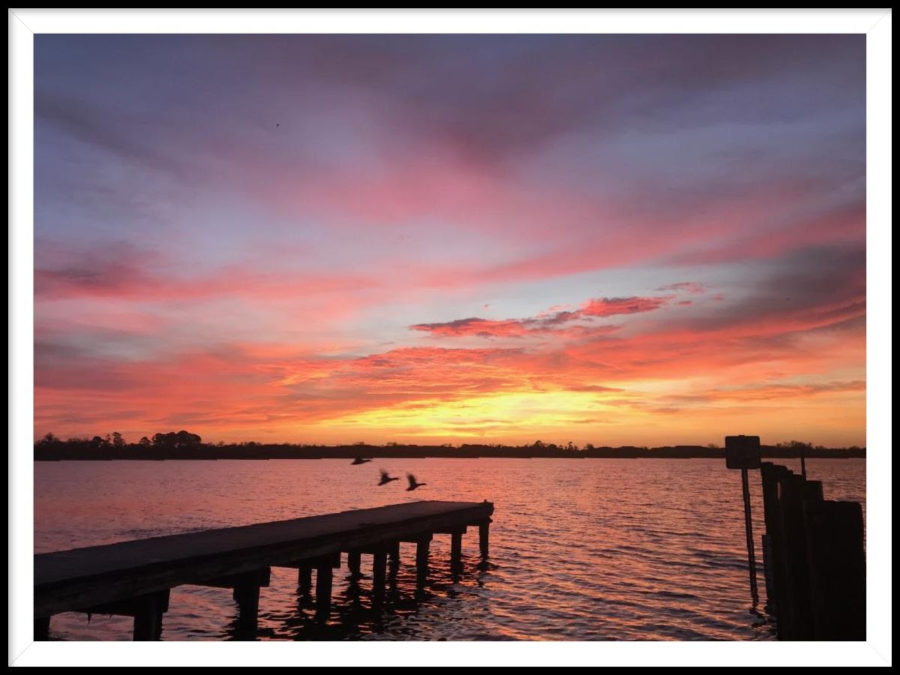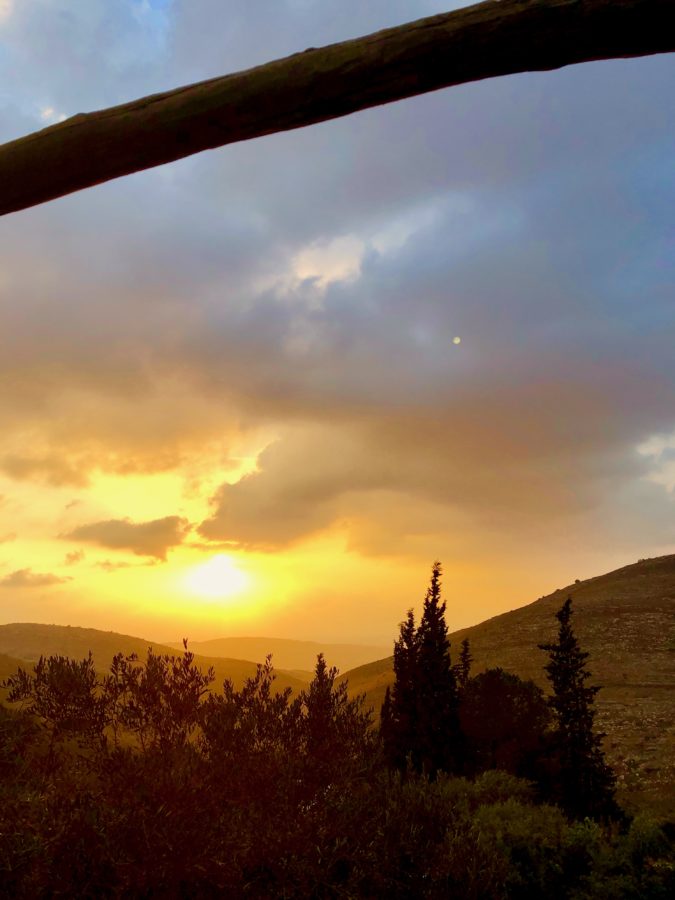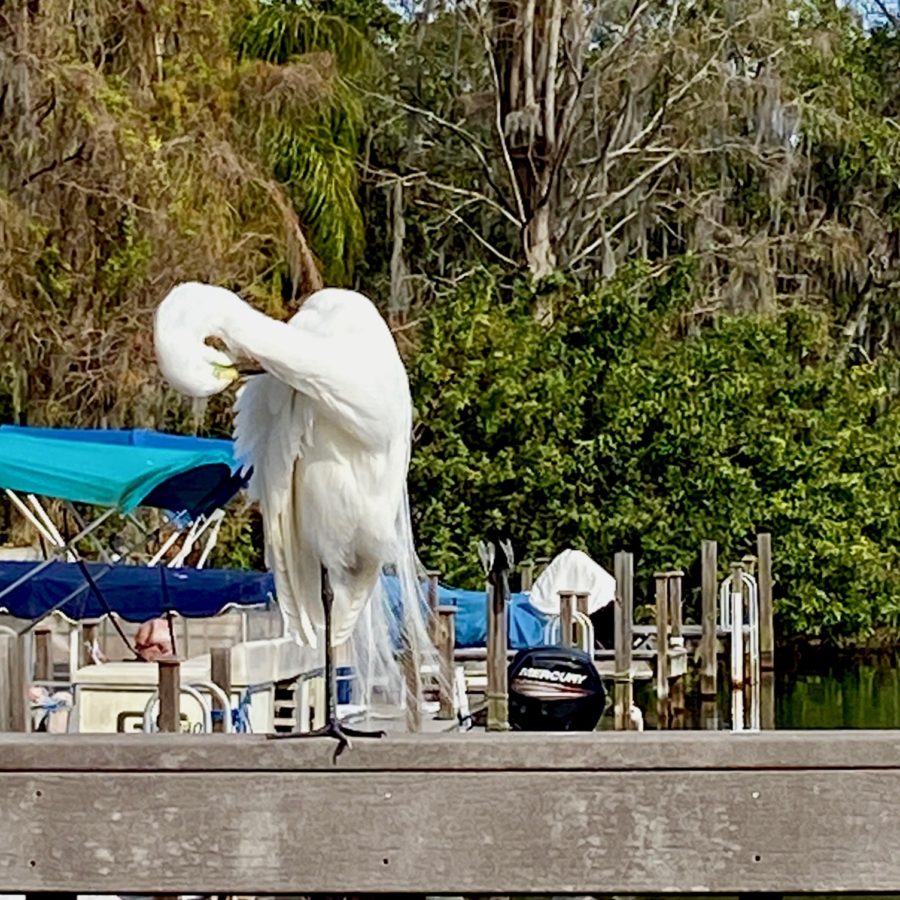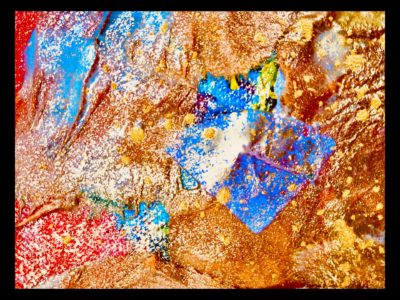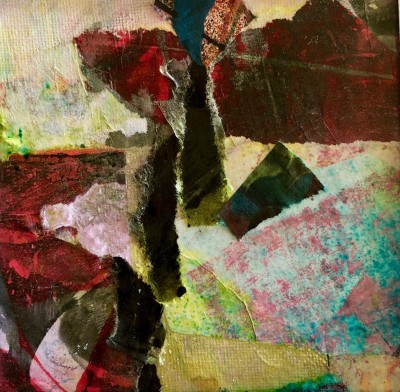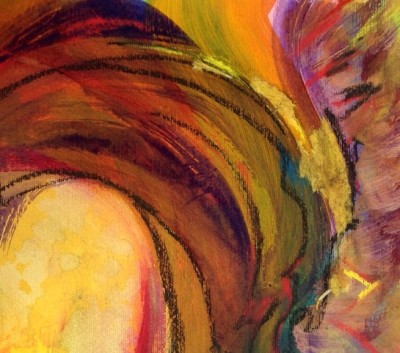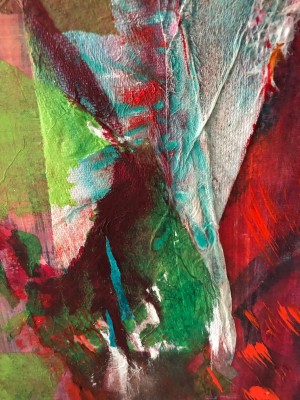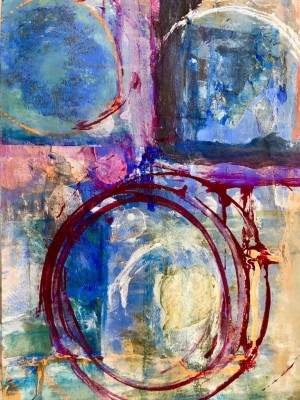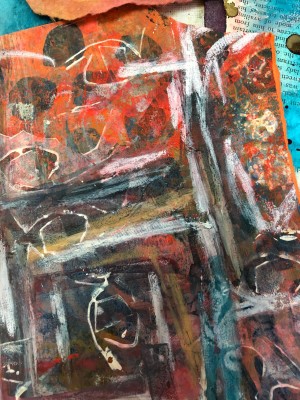I saw a doctor three years ago, and, after hearing my symptoms and taking an X-ray, she said, “One day you might need a hip replacement.”
With absolute certainty, I said that I would never need a hip replacement. I believed I could manage the pain and work to correct the problem.
I said NEVER. I will never have a hip replacement.
So how is it, then, that on January 10, 2020, I will have surgery? How did that happen? What made me decide the time had come to get the surgery and move on?
“Never” is a curious word.
How can you be so certain of something and then life actually makes you change your mind?
I used to come to Florida to visit my mom. She suggested I consider moving here one day. I said, “REST assured, Mom . . . I will never live in Florida.” Yet here I am. I came to visit in 2005, and now I live here permanently. HOW did that NEVER become NOW?
I never believed my hip would become so bad that walking in the park with my daughter would be so hard that when my friend suggested surgery something in me said, “Maybe I need to consider that choice.”
I never thought I would need a car service to take my grandkids to the nearest playground to their home in Safed.
But after talking to my friends who had the surgery, I realized that the quality of my life and how much I can move with ease was very important to me.
In fact, since I have made the decision, many layers of healing have already begun.
Because I promised myself I would never do this surgery and have now changed my mind, I have had to examine what had previously kept me from considering it.
Was it simply fear that, as bad as the pain was, the risk of putting my body in someone else’s care and hands was too risky?
Was it simply that I hate hospitals and have done my best to stay away from them?
Was it that the fear of being dependent on others during recovery and having to take the time to repair my body from something so invasive was inconceivable?
I think all these factors have presented themselves to me.
Just today I saw a man with a walker. I see that and my mind says, “What if something goes wrong and my surgeon has a bad day”?
These worries are keeping me up at night.
I wake up in a sweat,
After all, I am a dancer. My body is my best friend.
She’s been my closest ally all my life.
My body is the source of pleasure. How is it that recently she is also the source of throbbing pain?
It’s not just the insult of aging.
It’s the attachment I have to be the best, healthiest, most body-smart 69 year old around. So much pride and hubris wrapped up in being the teacher who can heal herself; having to always know more than others.
After all, I started dancing when I was three years old. I have been working with my body and training her for as long as I can remember.
So it is with that attitude that I have embarked on this healing journey.
I am looking at what I have carried in this hip. What is the story that goes with having a hip and back that makes walking so hard? What is it to go deep into the healing of my whole pelvis and perhaps revisit my hysterectomy? I am quite certain that I actually never did the emotional work necessary for clearing the energy that was stuck as a result of that surgery.
So here I am, two weeks out, and I find myself in daily dialogue with this hip.
I am facing ancestral healing that is required on both sides of the female line in my pelvis, and now I am facing the discipline I need (and that I avoid) to be quiet and contemplative so I can be a partner in my healing with my surgeon.
I write this blog as a way to introduce this new BODY DIALOGUE that I have avoided and hoped would never be my story.
And here it is.
If you can relate to my story, I’d love to hear from you.
Thanks for listening,
Janice
